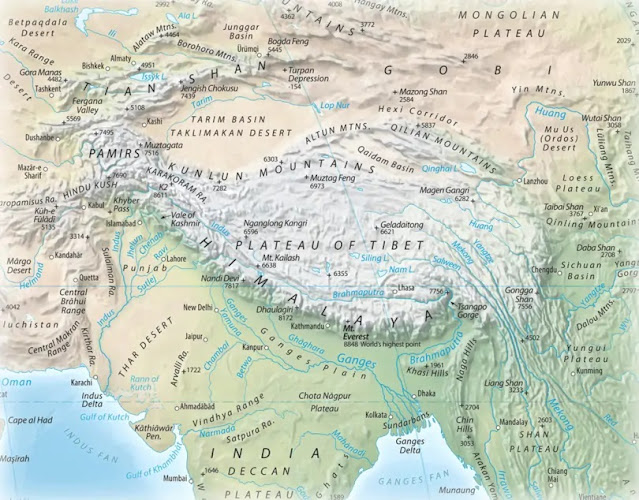This is another post with nothing to do about climate, but I find it pretty fascinating, so here we go! On June 17, 1908, a giant explosion, estimated to have the force of a 12-mgaton bomb, occurred low in the early morning sky over the forest of Tunguska, in eastern Siberia. Seismic instruments throughout western Europe, the West Indies, and in Washington, DC measured it. The few eyewitness accounts there are from that part of the world mention the explosion resembling the sun’s brightness, the tremendous thunder and the force of the blast knocking down trees and buildings.
No crater has been found. Chemical traces at the estimated epicenter, measurements of the radius of downed trees and the seismic recordings from around the world have led scientists to infer that an iron-rich meteorite roughly 65 m across exploded before hitting the ground at an altitude of 6-10 km/3.7-6.2 mi/19,000-32,000 ft. The sparse population of that entire sector of the country and the political upheaval in Russia at the time prevented sustained investigation beyond the early expeditions of Leonid Kulik.
Varying theories of the impact have been proposed besides the midair detonation, including a much larger, 200 m diameter bolide which struck the planet a glancing blow and continued on back into space. Another theory holds that it was a gas-rich comet, and not an iron-rich meteorite, which exploded. The comet theory has been criticized on the grounds that a comet would have disintegrated and not exploded.
The Tunguska event remains the largest bolide impact in recorded history. It was called back into the news on the (local) morning of February 15, 2013, when another, smaller (13 m) meteorite entered the atmosphere and exploded over the city of Chelyabinsk at an altitude of 29.7 km/18.5 mi/97,000 feet and 400-500 kT of force (about 30 times the force of the Hiroshima bomb) in southern Russia.
Tomorrow: introduction to Russia
Be brave, and be well.





















































